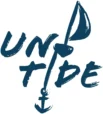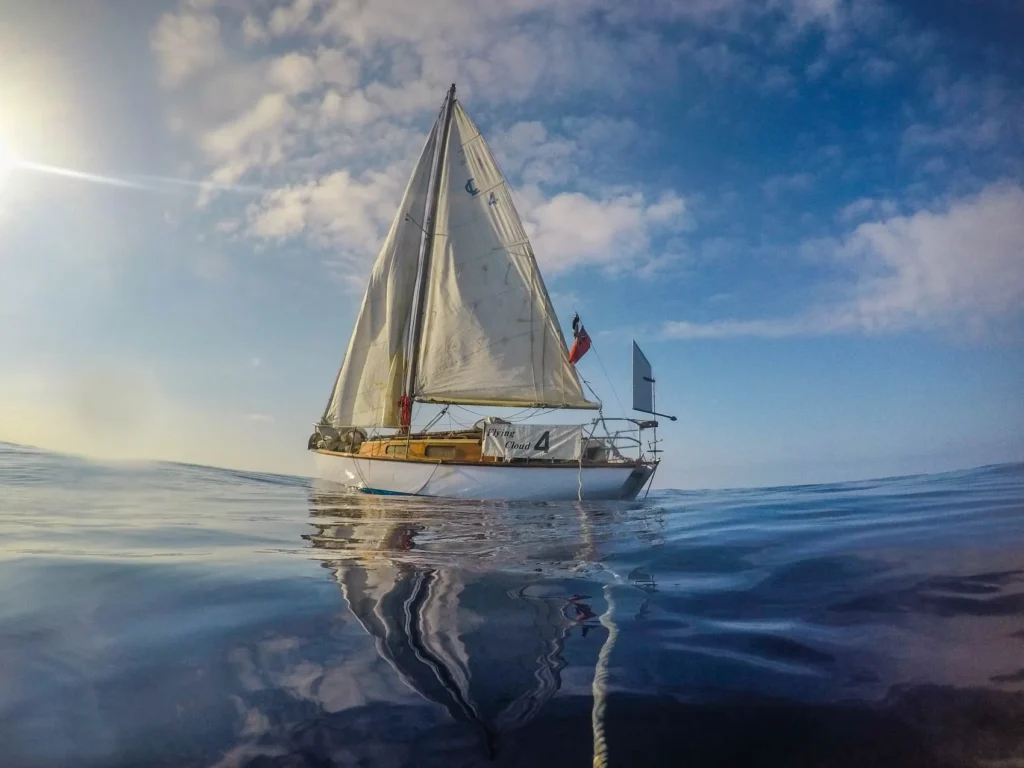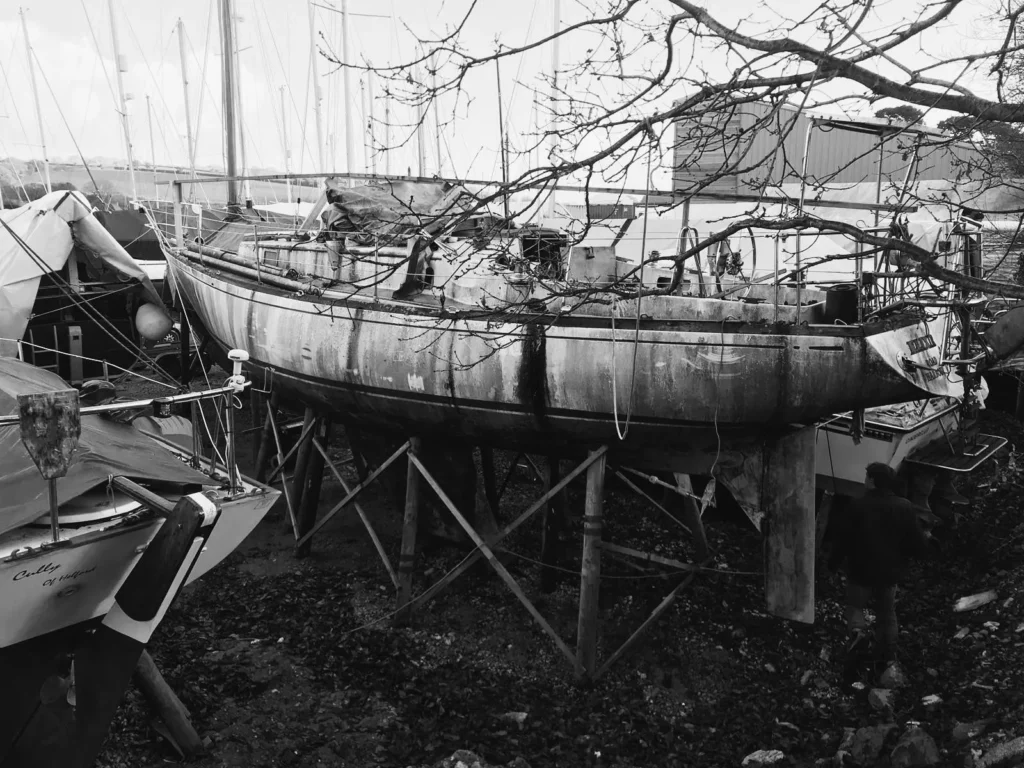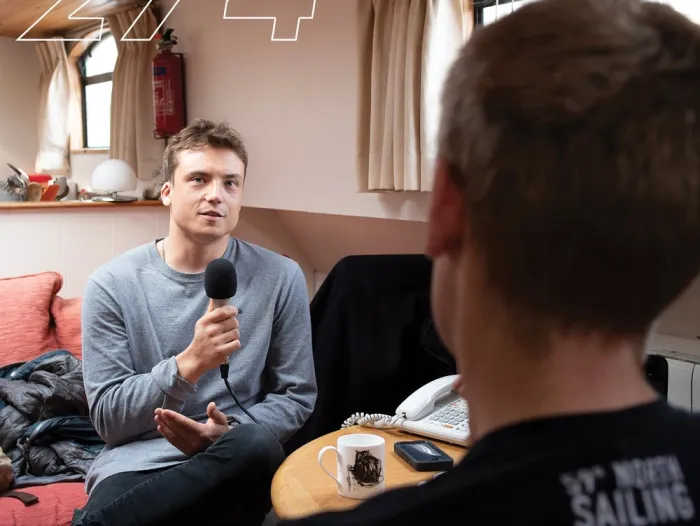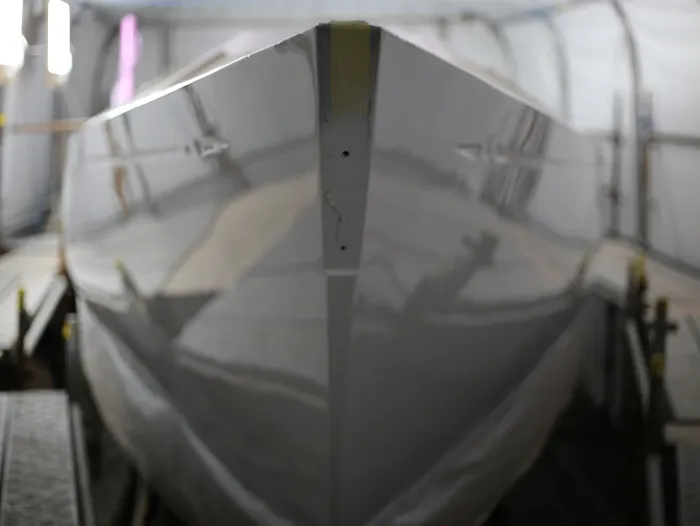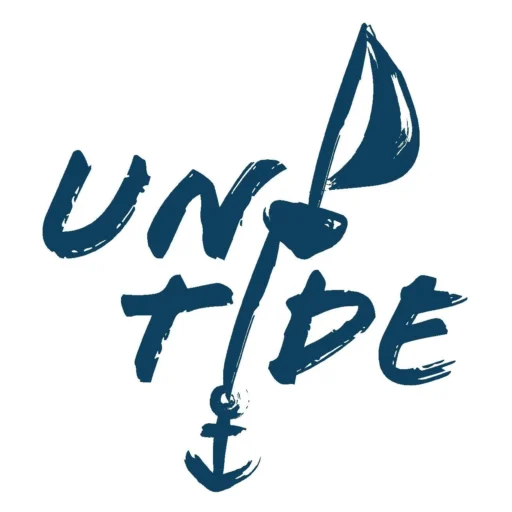Galicia
We decide to pull into Ría de Muros. An endless estuary, that three years ago me and Harry first visited on Flying Cloud. We decided that the anchorage behind Monte Lauro was so beautiful, so convenient, so peaceful — that it had to be our first landfall next time we crossed the Bay of Biscay. Not wanting to disappoint our younger selves, we kept our word, and sailed into the stunning Ría four days after leaving Falmouth.

A succession of lows rolling off the North Atlantic confines us to Muros for ten days. With Galicia’s rugged winter beauty comes a constant dampness. A palatable fog hangs in the air, making it almost impossible to dry Elixir’s damp interior. We hire a car and drive to Catalonia to escape the constant mist. Our road trip takes us straight through the middle of Spain, and we peer in amazement at the changing scenery. Dramatic mountains in Cantabria replace the green hills of Galicia. We spend a night with some of Chloë’s family in the Basque Country, before rolling out into the low flats of Navarra and Aragon. We cut through the semi-arid scenery, and as the setting sun begins to drench everything in orange, the city of Barcelona spreads out in front of us.
Back to Work
We return from our city break with refreshed enthusiasm. The Biscay crossing was a rigorous shakedown, indicating Elixir’s weak spots. We came into Muros engine-less, as the fuel tank had filled with seawater. We managed to tow Elixir into the anchorage with the tender, where we jury rigged a new fuel tank from a jerry can. The steering quadrant has slipped around the rudder shaft, leaving us with very little steerage. Henry, the Monitor wind vane, is wounded from the relentless seas, and the cooker has been shaken off its gimbals. Elixir’s first ocean passage has left her exhausted and bruised. We spend a week giving her our love before setting off on the next leg to Portugal.


Onwards to Portugal
In a small window of northerlies we make a lunge for Peniche, 200 miles to the south. The ripples on the sea’s surface glisten in the winter sun as we broad reach away from the Ría. We leave a white and turbid wake — Elixir glides in the stiff breeze.
I make lunch. Mushroom soup bulked out with orzo and served with some crusty Spanish bread. I pass two bowls out to Harry and Chloë in the cockpit. Harry’s at the wheel, goose swinging the sails as we put some distance between us and Galicia. I gybe the genoa on to port, to make things easier for him as he eats his lunch.
As I’m doing this, he asks me to hold his bowl. He then makes a dive for the guard wire and begins to wretch into the water. For a few minutes, me and Chloë give each other looks of mutual sympathy as we watch our friend dry heave over the side.
Harry returns to the cockpit, white like a ghost, and begins to chow down on his soup.
‘Out with one, in with the other’, he says.


Coastal Sailing
We maintain three-hour watches throughout the night. The sky is clear, the stars glow as the faint, artificial hue of land fades into the distance. Its bitterly cold, but I’m thankful its dry. I try the tow generator for the first time — it whirrs in the slipstream and delivers three steady amps. I’m delighted with how well it works and turn in from my watch feeling pleased.
The next day, the wind begins to ease. We’re moving slowly now, around two knots, and I find our slow boat speed quite stressful. More despair comes when I find the shackle connecting the towed propeller has come undone. This means I’ve lost all 30m of line, as well as the threaded bar and a precious 3D printed propeller.


A large groundswell and light winds make me think of perfect waves detonating on the distant Portuguese coastline. My usual state when sailing is clear of any urgency, and we rarely rush to make landfall. But for me, the thought of wallowing the day away within sight of land, while the waves are visibly pumping, is almost tortuous.
A light southerly fills in, and we trim the sails for upwind work. We tack throughout the night, sailing as close to the wind as possible. It builds with the rising sun, and we’re forced to go down to three reefs. Elixir’s bow pierces through the crest of each waves and solid water cascades over the deck. It’s a long, wet morning, and we hook round the outside of the Berlengas Islands before making it into Peniche by lunchtime.


Peniche
For a week, we stay in the fishiest town in the world. A thin film of sardine oil spreads out around the harbour, bringing forth a funky smell that lingers in the air. We find some more Cornish folk to hang out with for a few days, and also meet Florencia from Argentina. She drives a beaten Polo, and offers us a lift to Nazaré to watch the tow surfing competition.


As well as having fun and searching for the perfect pastel de nata, we give Elixir some love. We buy 30m of double braid rope and some threaded bar to replace the lost propeller. We also find a fabricator who welds an eye on to the end of the bar for us. He can’t speak English, and we can’t speak Portuguese, but luckily, we have Florencia who speaks both. We try to explain what it was for, and the kind man did it for free!


Another Crewmember
Lily joins us, as she’s going to sail with us to the Canaries. After a catch up and one last sneaky pastel, we slip our mooring lines and point Elixir south again.
A huge groundswell runs as we make the most of the light, shifting winds all the way down to Sagres. The wind is mostly ahead of the beam, and we take long, drawn out tacks as we zig-zag our way south. Dolphins come and go, visible even at night by the strong and vivid phosphorescence. Their entire bodies are illuminated as they glide through the sleeping waters, leaving a long trail of sparkles behind them from the lashing of their tails.


On the third day, a stiff northerly fills in and we run with it. I take the main down and pole the genoa out on the port side. It’s the start of the downhill sleigh ride. A steady band of trade winds that stretch all the way from Gibraltar to the Caribbean. A conveyor belt of prevailing winds and currents, as reliable as the rising sun. Crossing the Atlantic couldn’t be much easier, and we accustom ourselves to the feeling of rolling steadily downwind.
Three years ago, I had sailed the same route in Flying Cloud. It was my first single-handed offshore passage, which sparked my passion for blue water sailing. The colours and textures of the surroundings strike a feeling of nostalgia, the sea feels familiar. I had grown so much in these waters, and it’s not by accident that I’ve gravitated here again.


Strange Times
Some strange events break up the monotony of the next four days. A seagull shit lands in the cockpit. This confirms my suspicion that these evil creatures do in fact aim for people, as we’re surrounded by nothing but open ocean. A small plane drops out of the clouds and circles around Elixir, before flying back in the same direction it came from. A turtle waves at me and Lily (I had no idea turtles came so far north).
The biggest mystery becomes clear when I pull in the tow generator to find that the two propeller blades have sheared off. I think about the turtle we saw earlier and wonder if its shell is hard enough to break a plastic propeller. Maybe it was mistaken for a swimming fish, and attacked by some simple shark? Luckily, we have several spare propellers, and I wind on another one and chuck the lot back over the side. A couple of hours later, I pull the propeller back in, to find that both blades have sheared off again!


Landfall
We make landfall in the Canaries at night-time. The uninhabited northern most islands are barley lit — they lurk in the darkness like distant strangers. We thread the gap between Lanzarote, and La Graciosa. The steep, curving cliffs of Lanzarote tower over the narrow channel. A natural wind tunnel, which accelerates even the lightest breeze as it funnels between the two islands. The Canary Islands are known for their extreme acceleration zones, and this one is said to be the worst.
It’s 4 AM when we drop the hook in the lee of La Graciosa. There’s another yacht in the anchorage — the arid landscape is bathed in the soft light of the moon. It’s a still night, and the silence is only broken by the rhythmic crashing of waves on the nearby shore. Elixir is still and free from danger, and all at once, I am very tired.


Watch the full video of our passage between Portugal and the Canaries here.
